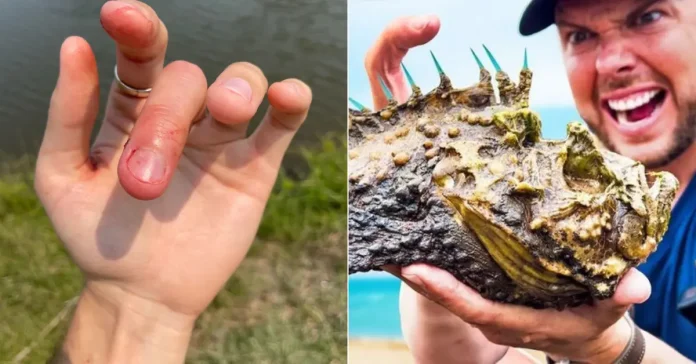Beneath the serene blue surface of the ocean hidden a world filled with some of the most venomous creatures on Earth. While these ocean dwellers may seem beautiful or harmless, many are armed with potent venoms that can paralyze, maim, or even kill. Let’s dive into the fascinating and terrifying world of venomous sea creatures.
1. Box Jellyfish: The Silent Killer
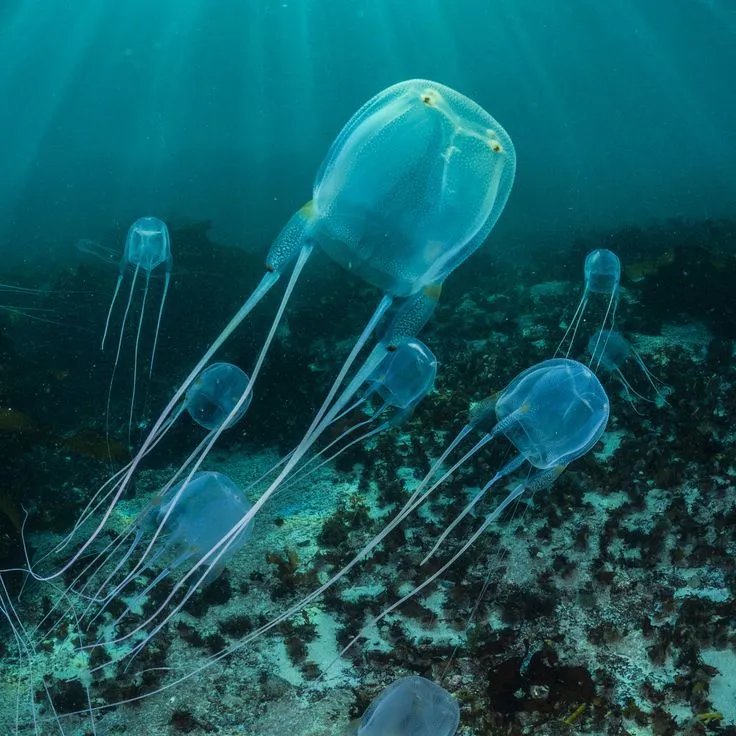
Often called the most venomous marine creature, the box jellyfish is a floating ghost with tentacles that can reach up to 10 feet. Its venom is so powerful it can cause cardiac arrest in minutes. With transparent bodies, these jellies are almost invisible, making them even more dangerous. Found mainly in Australian waters, they are both beautiful and deadly.
2. Stonefish: The Master of Disguise.
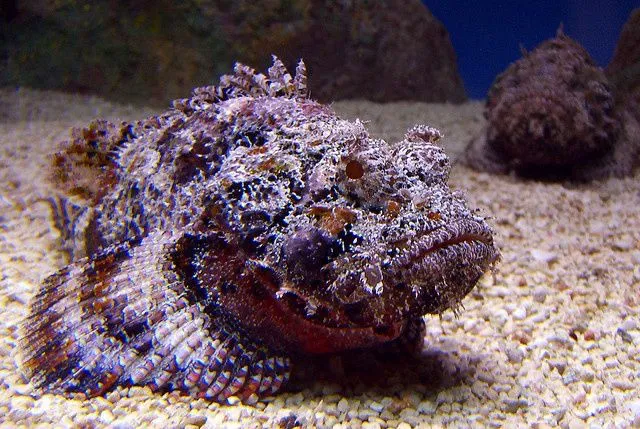
Hidden perfectly against the ocean floor, the stonefish is one of the most venomous fish in the world. Its venom, stored in spines along its back, is injected when stepped on or threatened. The pain is excruciating, described by some as the worst they’ve ever experienced. In shallow tropical waters, stepping on a stonefish is a diver’s nightmare.
3. Blue-Ringed Octopus: Small but Lethal.
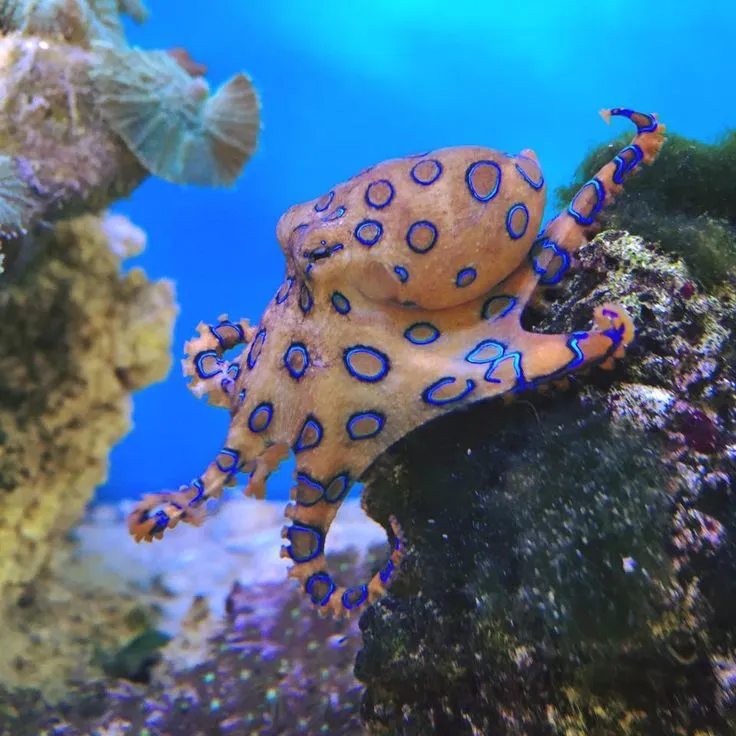
Don’t let its size fool you this tiny octopus, no larger than a golf ball, holds venom powerful enough to kill 26 humans in minutes. With iridescent blue rings that flash as a warning, the blue-ringed octopus delivers a neurotoxin that can cause paralysis and death if untreated. Despite its lethal potential, it’s often mistaken for a harmless sea creature by unknowing beachgoers.
4. Cone Snail: The Deadly Collector’s Item
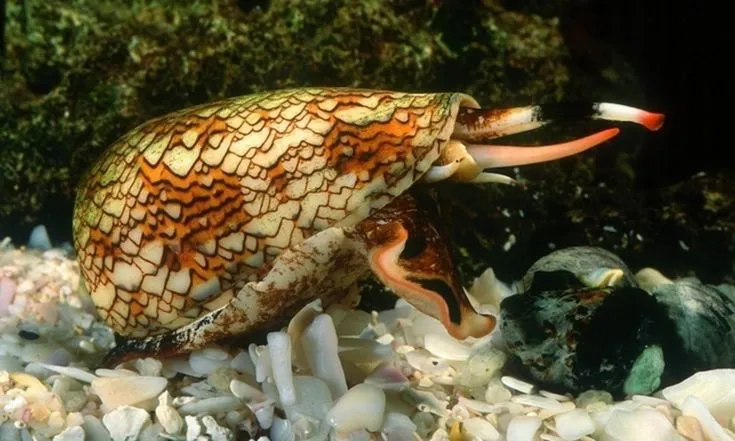
Looking like an ordinary sea shell, the cone snail packs a venomous punch. Using a harpoon-like tooth to deliver venom, this slow-moving creature paralyzes fish almost instantly. Some species carry venom potent enough to kill a human, making this innocent-looking snail one of the sea’s deadliest hunters.
5. Lionfish: Beauty with a Sting
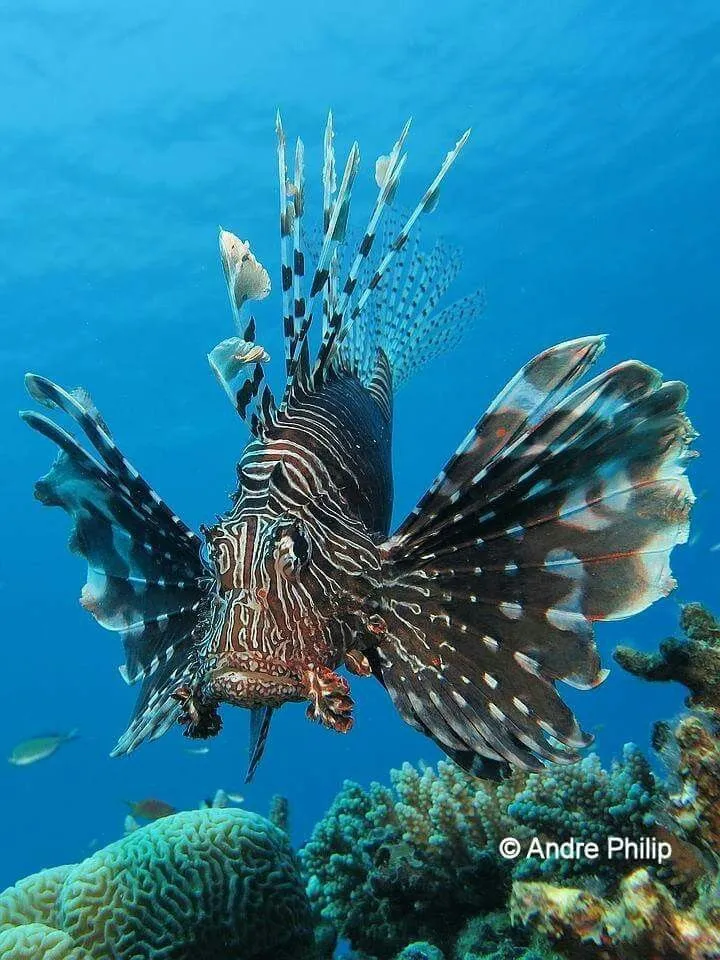
Known for its striking appearance, with flowing fins and bold stripes, the lionfish also packs venomous spines. Native to the Indo-Pacific, it has spread to other parts of the world, wreaking havoc on marine ecosystems. While not typically deadly to humans, the sting from its spines can cause intense pain, swelling, and sometimes even nausea.
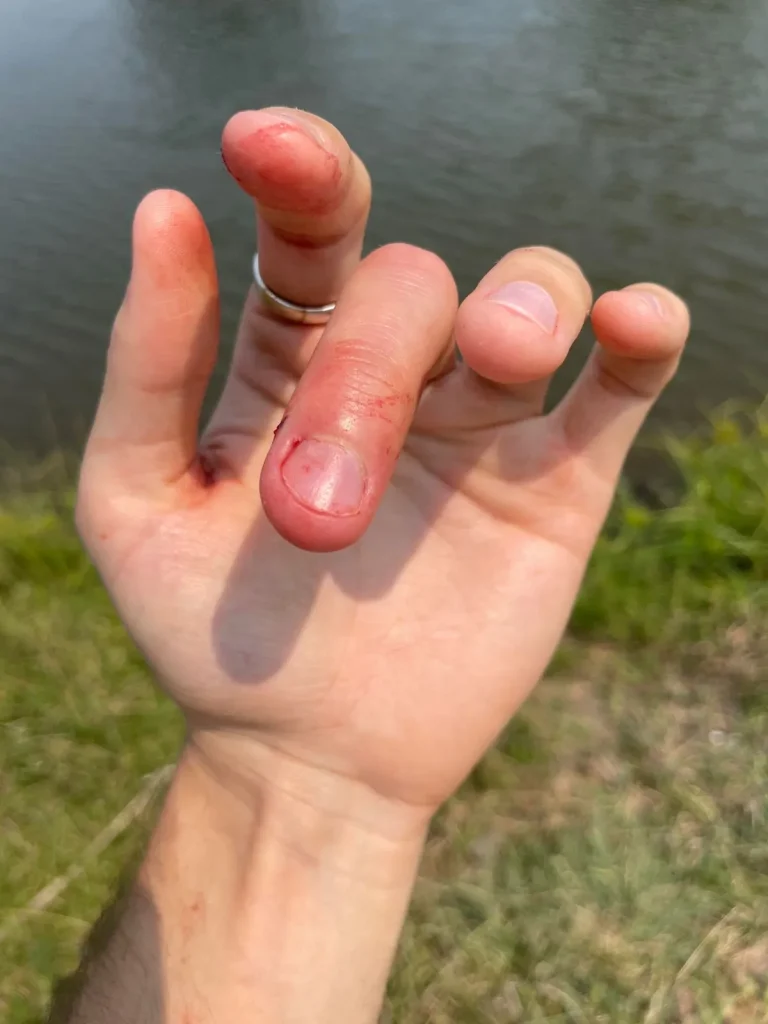
The Art of Survival
Venom in these sea creatures serves as both a defence mechanism and a tool for hunting. Unlike poisons, which need to be ingested, venom is injected, usually through stings, spines, or bites. These creatures have evolved to protect themselves or capture prey in the unforgiving world of the ocean.
Next time you’re swimming or snorkelling, remember: the ocean may be calm, but beneath the surface lies a dangerous and fascinating web of venomous creatures. Respect the beauty of the sea but always stay cautious!

